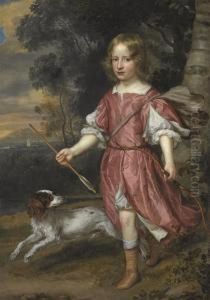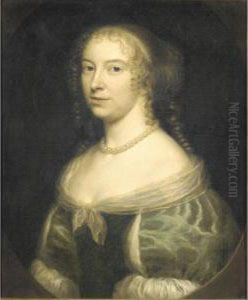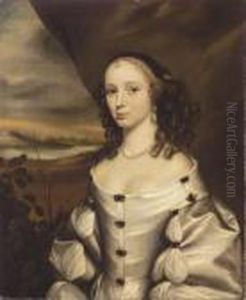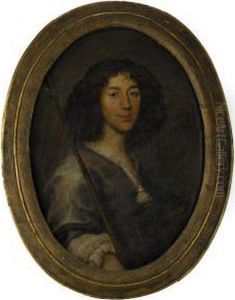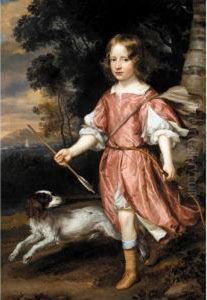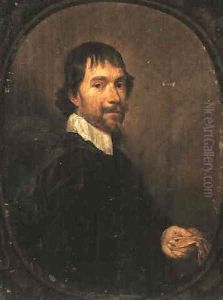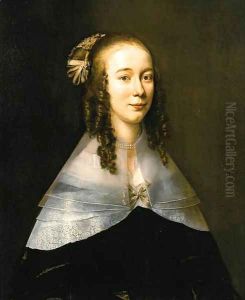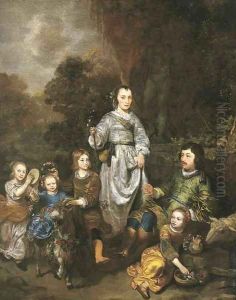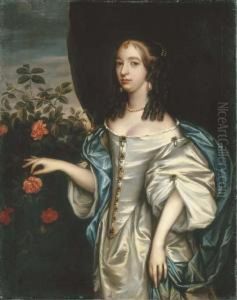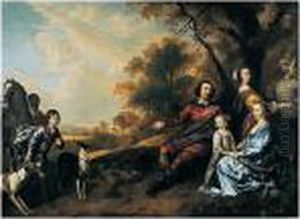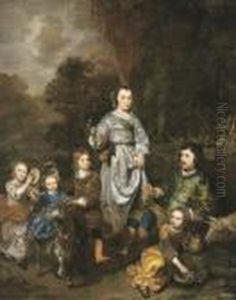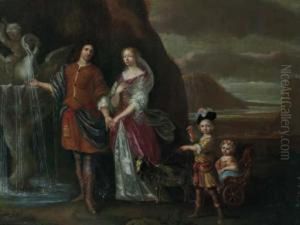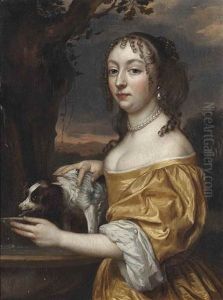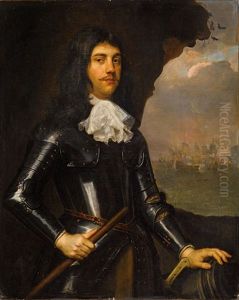Jan Mytens Paintings
Jan Mytens was a Dutch Golden Age painter, born in The Hague in 1614. He was a member of a prominent family of artists; his cousin, Daniel Mytens, was a well-known portraitist in England, serving at the court of King Charles I. Jan Mytens is primarily recognized for his work as a portrait artist. His style was influenced by the prevailing trends of the Dutch Golden Age, and he is known for his skill in capturing the dignity and elegance of his sitters, often members of the Dutch elite.
Mytens was active during a period of significant artistic development in the Netherlands, which was characterized by a high demand for portraiture from the growing middle class and the aristocracy. He developed a style that combined the realism typical of Dutch portraiture with a certain degree of idealization, which was common in court portraits of the time.
Throughout his career, Mytens produced a considerable number of portraits, which typically featured individuals or families in formal attire, set against a neutral background. His work is noted for its attention to detail, particularly in the rendering of textiles and the use of lighting to enhance the three-dimensionality of the subject.
Jan Mytens’ contributions to Dutch portraiture are often overshadowed by the work of his contemporaries, such as Rembrandt and Frans Hals, but he remains an important figure in the study of Dutch art from this period. He passed away in The Hague in 1670, leaving behind a legacy that provides insight into the society and culture of 17th-century Netherlands.
